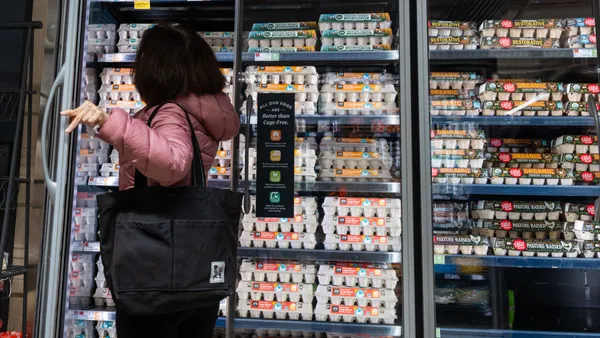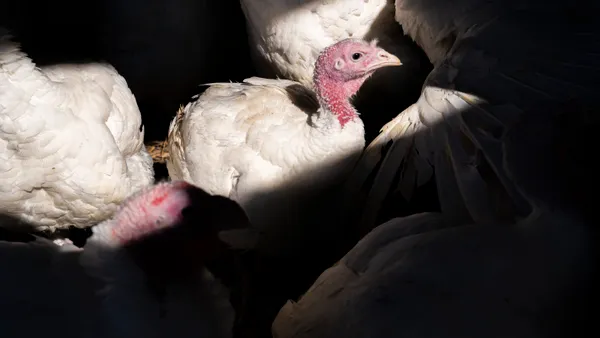Dive Brief:
-
Rebuilding the U.S. cattle herd could take years as market conditions encourage ranchers to sell off rather than keep their cows.
-
Although pasture conditions and feed costs are improving, there are still financial upsides for producers to send their beef calves and heifers to feedlots rather than raise them, according to a CoBank Knowledge Exchange research brief.
-
Some top analysts are expecting herd numbers to return to 2023 levels in the next three to four years if market conditions persist, while others believe cattle contraction to continue through 2027, CoBank analyst Abbi Prins wrote.
Dive Insight:
The duration of the latest beef cow decline has raised concerns for large companies and beef stakeholders.
The number of U.S. beef cows have retracted over the past five years to its lowest point since 1961 at 28.2 million, according to the U.S. Department of Agriculture. Widespread drought played a large role in the cattle squeeze. The severely dry conditions damaged pastures and lowered hay supplies as market factors drove up prices for cows, feed and inputs.
While more favorable weather has improved forage production this year and feed costs begin to come down, cattle prices remain strong, incentivizing ranchers to continue selling their animals.
“Right now, it’s not worth the risk to hold onto heifers as the potential upside of selling the calf has immediate pay off,” Prins wrote in the report, noting a $300 upside to sell rather than raise calves.
Should cattle prices stay strong, CoBank estimated it could be 2026 or 2027 before heifer retention rates and the beef cow population pick up, pressuring buyers like Tyson Foods, JBS and other larger meatpackers.
According to the Sterling Beef Profit Tracker, packers lost nearly $100 per head throughout 2023 and 2024 and are on track to be in the red again next year as corn and soybean costs soften.
Looking ahead, CoBank said it was critical for producers to generate cash flow and build up their feedstocks after a couple of tough years with poor weather and high interest rates.
“Once the herd does start rebuilding,” Prins wrote, “a drastic change in beef cow numbers is unlikely as the growth could look more like a slight bump in cow inventory.”











